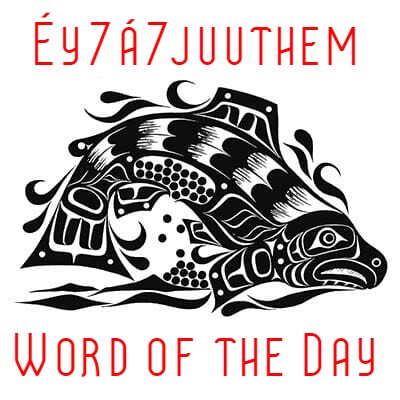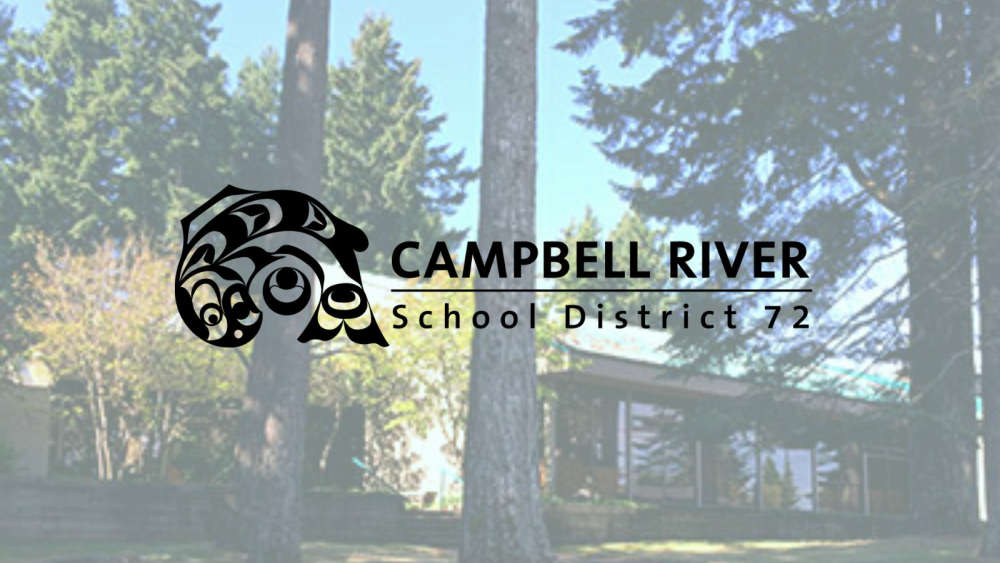
School District 72 has decided how it's going to allocate more than $600-thousand dollars received as part of the Student and Family Affordability Fund to help students and families struggling with rising costs.
In consultations with Indigenous groups, school communities and parent advisory councils, the district says it will use a multi-pronged approach to spend the cash.
School food programs, such as Backpack Buddies and the BC School Fruit and Vegetable Program, will be expanded and new community partnerships will be offered with the Salvation Army, Campbell River Food Bank, and Emergency Food Program using approximately $200,000 of the fund.
Another $75,000 will be used to offset fees for school supplies, consumable course materials, and field trips for families in need.
Schools will also be able to apply for funds out of a pot of $300,000 to help them best address needs within their school community. This could include additional food security, school supply or fee relief needs.
Lastly, another $30,000 will be used as an emergency fund by counselors and youth care workers connected to the district’s Learning Support Services and Indigenous Education departments to help respond to significant hardships that may unexpectedly arise for families during the school year.
In August, the Ministry of Education and Child Care announced the Student and Family Affordability Fund to help students and families struggling with rising costs due to inflation. SD72 received $607,563 under this one-time funding for use during the current school year.

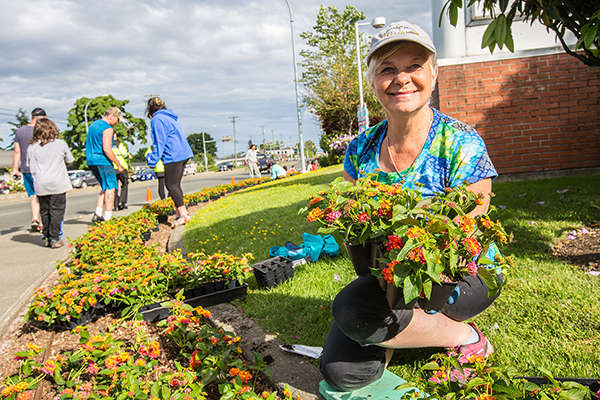 Courtenay - Mile of Flowers Volunteers
Courtenay - Mile of Flowers Volunteers
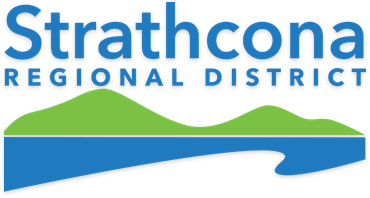 SRD - Accessibility Plan
SRD - Accessibility Plan
 Cumberland AAP Wastewater Drop In
Cumberland AAP Wastewater Drop In
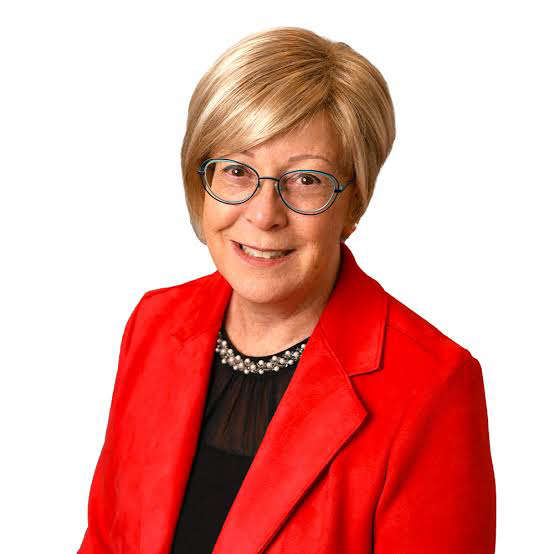 Ronna-Rae Leonard - Running Again
Ronna-Rae Leonard - Running Again
 Psychotherapy Care
Psychotherapy Care
